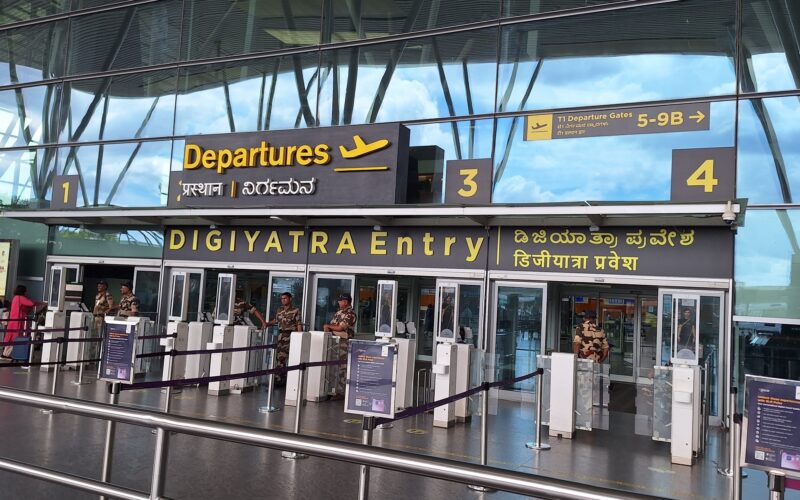On April 8, 2024, Air India announced an agreement with Bangalore International Airport Limited, the airport’s management company, which aims to turn the facility into a hub for southern India over the next few years.
This initiative aims to enhance international connectivity, operational efficiency and passenger experience for passengers flying through Bangalore International Airport (BLR) via Air India, Vistara and other partner companies.
Air India will create a new lounge for domestic traffic at the airport and has also signed an agreement with the government of the state of Karnataka, where the city of Bengaluru is located, to build a maintenance, repair and overhaul (MRO) facility at the airport. Once completed the facility is expected to employ up to 1,200 qualified professionals.
In its official press release, Air India also hints at a potential strengthening of long-haul and international services out of Bangalore International Airport, although no specific details or time frame for this have been provided.
Known as India’s tech capital, Bengaluru boasts India’s third busiest airport, handling 37.2 million passengers during 2023. According to Hani Mara, CEO of Bangalore International Airport Limited, half of all international passengers outbound from the airport take long-haul flights to destinations in Europe, North America, Australia and the Far East.
At present, most of Air India’s services at Bangalore International Airport are domestic, though the airline does operate a nonstop route – one of the world’s longest – to San Franscisco.
Air India’s Bengaluru project was announced amidst a backdrop of labor unrest, with the airline’s technicians preparing to go on strike on April 23 in protest at what they claim are overworking conditions that are not properly compensated.
While airlines are capitalizing on increasing demand for air travel in India, they are often faced with labor and capacity constraints resulting from their frantic rate of growth.

